Australians buying utes and SUVs in big numbers
New car sales are still at record levels and these are the vehicles that we are buying in huge numbers, but one type of car has had a surprising fall from grace.
Motoring News
Don't miss out on the headlines from Motoring News. Followed categories will be added to My News.
Australians continue to snap up new cars at a record rate, setting a new benchmark for vehicle deliveries in January.
The car industry recorded 89,782 vehicle sales last month, beating the previous January record set in 2018.
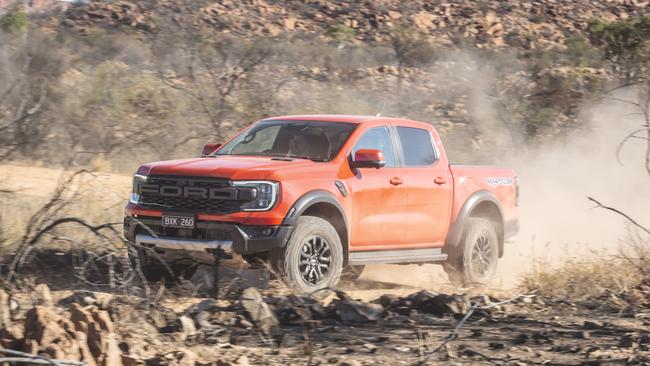
Ford’s Ranger took the number one spot in the sales race, holding onto strong momentum from late 2023 when it unseated the Toyota HiLux to be crowned Australia’s favourite car.
The HiLux finished second, ahead of the Toyota LandCruiser and Isuzu D-Max in equal third place.
Toyota was the top manufacturer, ahead of Mazda, Ford, Hyundai and Mitsubishi.
Passenger vehicles such as the Toyota Camry or Corolla represent just 18.3 per cent of January sales, while utes (22.9 per cent) and SUVs (55.5 per cent) were much more popular.
Sales results follow the release of proposed fuel efficiency standards for new vehicles on Sunday.
Australia is one of the few developed nations without strict fuel standards for new cars, which has slowed the introduction of more efficient vehicles.
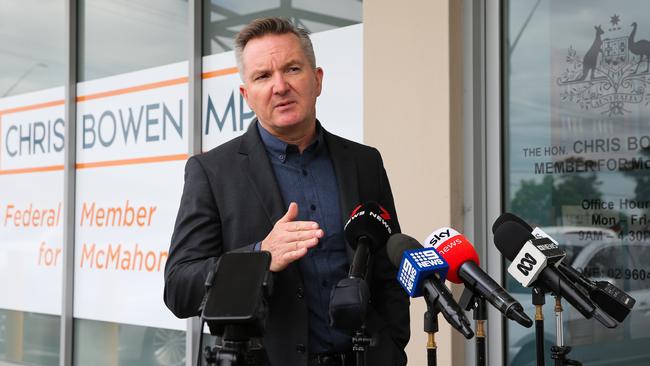
Minister for Climate Change and Energy, Chris Bowen, says proposed changes will help reduce fuel bills while allowing motorists to “choose the latest and most efficient cars and utes, whether they’re petrol and diesel engines, or hybrid, or electric”.
Tony Weber, chief executive of the Federal Chamber of Automotive Industries, says January sales reflect Australia’s growing preference for big cars powered by petrol and diesel engines.
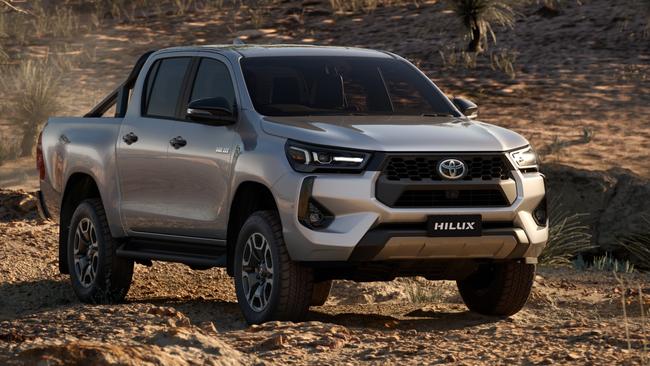
“For more than a year the industry has been sharing information with the Government about what is happening in the suburbs and regions around the country and the preferences and challenges facing families and businesses,” Weber says.
“Even with the current incentives offered by the Commonwealth and State and Territory Governments, sales of battery electric vehicles appear to have plateaued during recent months.”
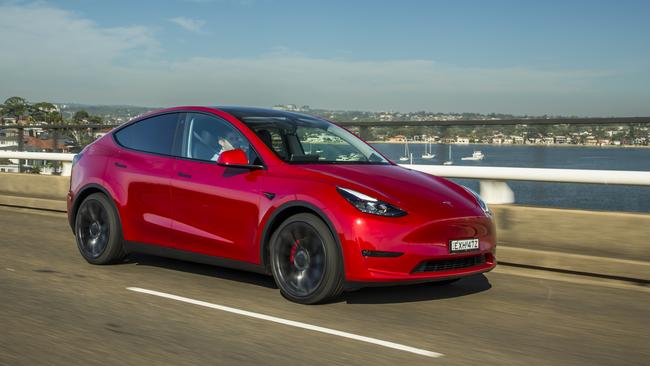
Electric vehicle sales have softened in part because of logistic hassles for Tesla, which had to turn around a ship carrying thousands of cars due to biosecurity concerns.
The brand also had to pause deliveries of the Model 3 to rectify child seat trouble in the latest model.
Sales of diesel utes remain strong, even if Toyota is expected to record a drop in sales due to diesel engine issues in Japan.
James Voortman, chief executive of the Australian Automotive Dealers Association, says the proposed policy intended to reduce fuel consumption “goes too far, too fast”.
“On the surface this is an incredibly ambitious target which will be difficult to achieve especially for utes and large SUVs,” he says.
“This could have consequences for affordability and vehicle choice.”
But the Electric Vehicle Council, led by Behyad Jafari, says improved standards will introduce “much better options” for consumers.
“Australia has always been at the back of the queue when it comes to the best and cheapest electric vehicles, because car makers have been incentivised to offer them elsewhere first,” he says.
“That should end now with this policy, and Australian car buyers should notice the change very quickly.
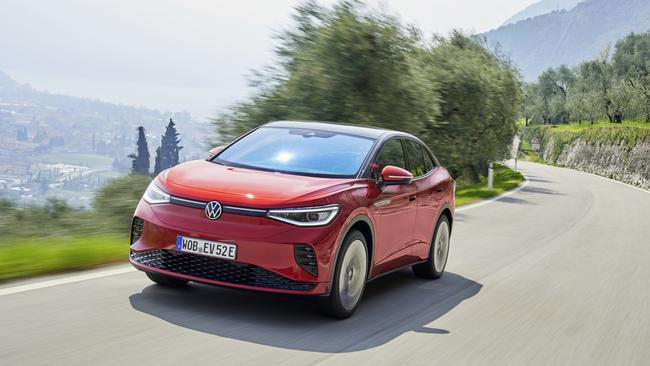
“By bringing Australia into line with the US and Europe, car manufacturers will now be incentivised to offer Australians their best zero and low emission vehicles. Motorists will still have the choice to buy what they want, but they will be offered much better options to choose from.”
Representatives for the Climate Council and Solar Citizens lauded a policy that should improve air quality and reduce dependence on fossil fuels.
Motor Trades Association of Australia chief executive Matt Hobbs says the Government does not have an easy task ahead of it.
“The government has had to balance two extremes – the car companies and the single focused EV lobby,” Hobbs says.
“I cannot underestimate the difficulty in developing this standard.
“It has taken three governments and 12 years to reach this point.”
Originally published as Australians buying utes and SUVs in big numbers


